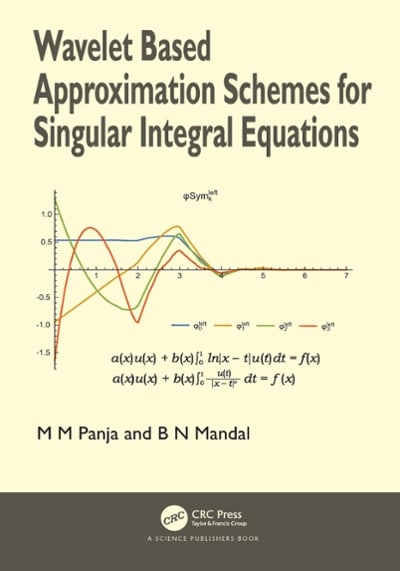Question
After a long night of programming, you have built a powerful, but slightly buggy, email spamfilter. When you don't encounter the bug, the filter works
After a long night of programming, you have built a powerful, but slightly buggy, email spamfilter.
When you don't encounter the bug, the filter works very well, always marking a spam email as SPAM and always marking a non-spam email as GOOD. Unfortunately, your codecontains a bug that is encountered 20% of the time when the filter is run on an email. Whenthe bug is encountered, the filter always marks the email as GOOD. As a result, emails thatare actually spam will be erroneously marked as GOOD when the bug is encountered. Letpdenote the probability that an email is actually non-spam, and letqdenotethe conditionalprobability that an email is non-spam given that it is marked as GOOD by the filter.
a.
Determineqin terms ofp.
b.
Using your answer from part (a), explain mathematically whetherqorpis greater. Also,provide an intuitive justification for your answer
Step by Step Solution
There are 3 Steps involved in it
Step: 1

Get Instant Access to Expert-Tailored Solutions
See step-by-step solutions with expert insights and AI powered tools for academic success
Step: 2

Step: 3

Ace Your Homework with AI
Get the answers you need in no time with our AI-driven, step-by-step assistance
Get Started


